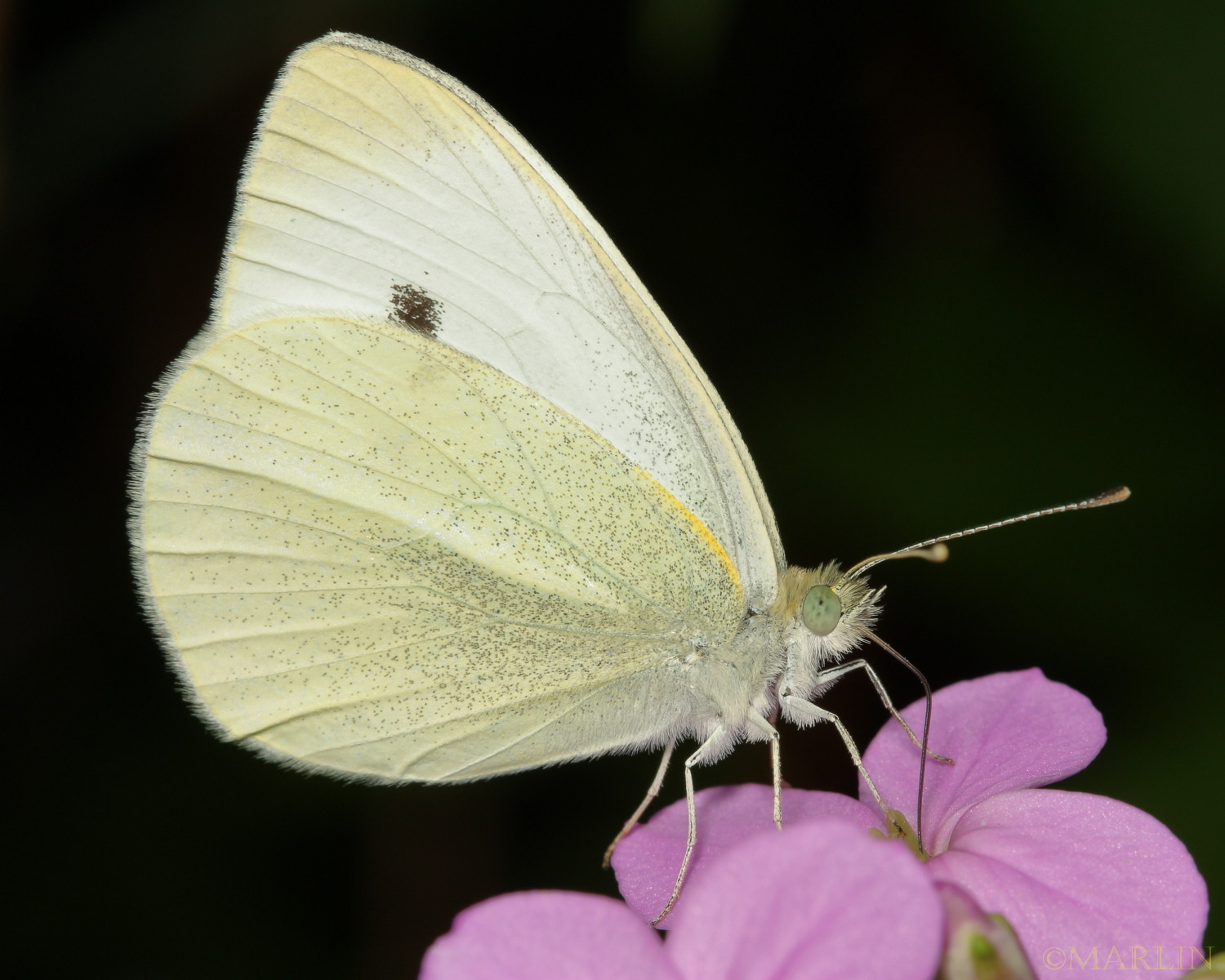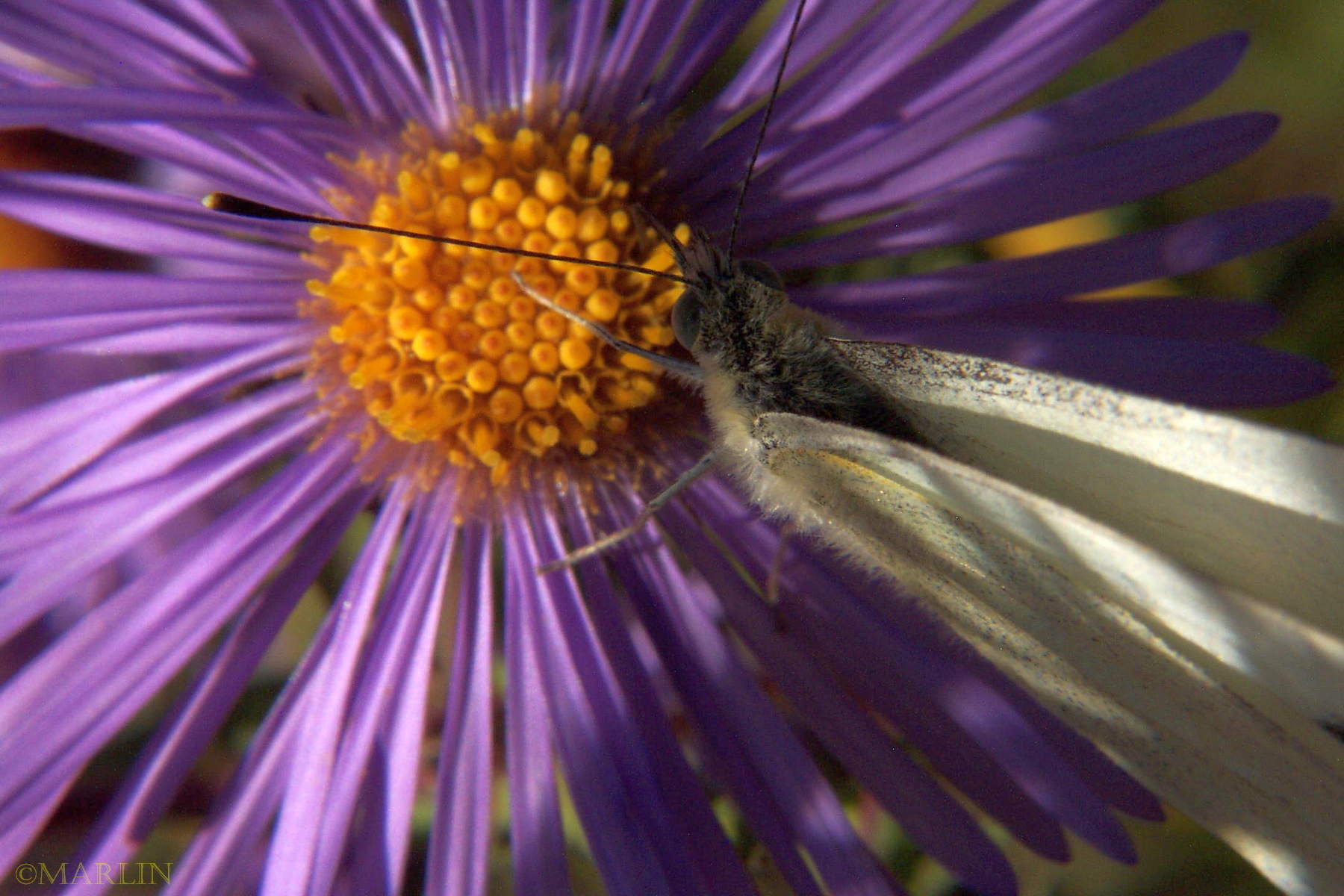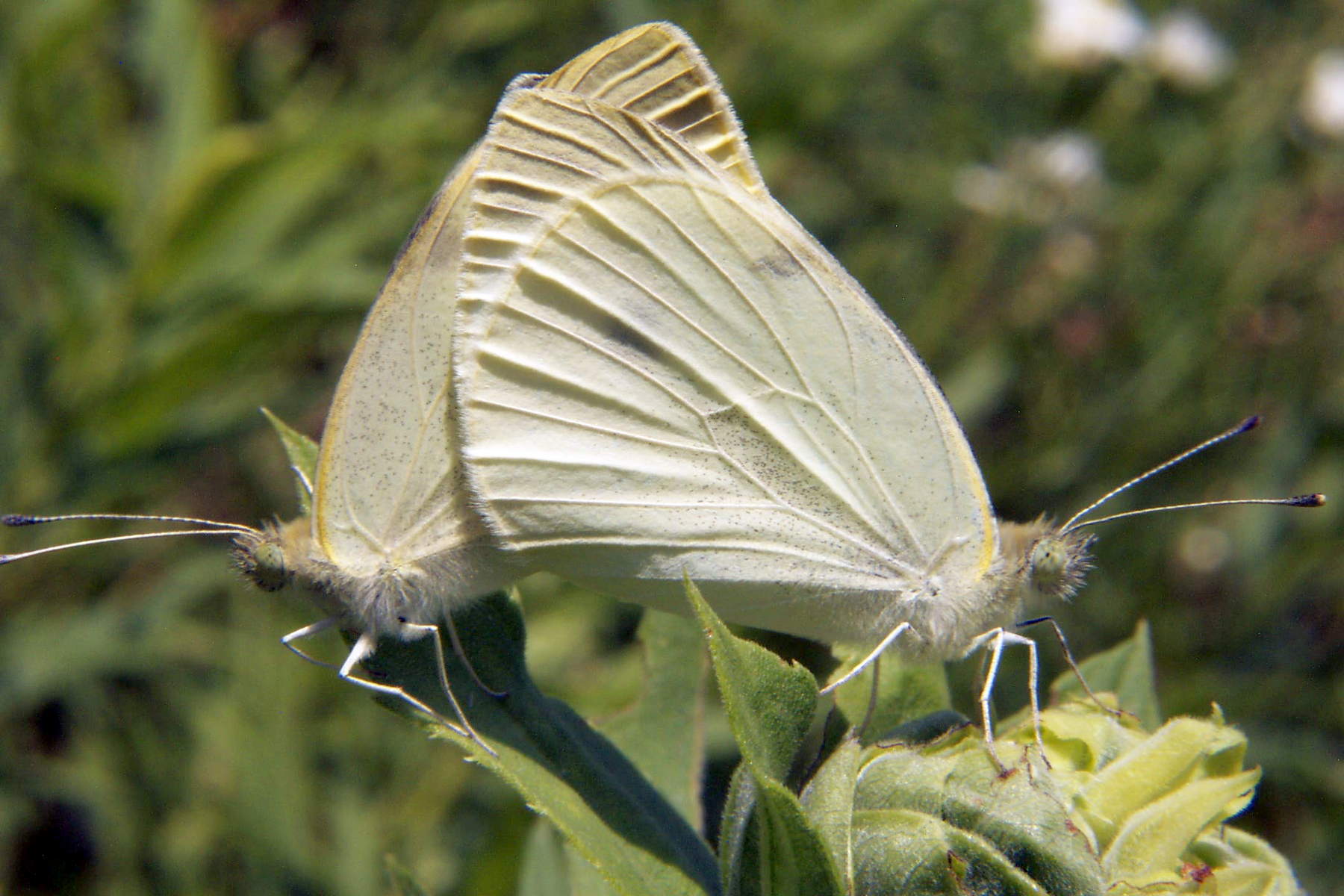Cabbage White Butterfly – Pieris rapae
This is a featured picture on Wikimedia Commons (Featured pictures) and is considered one of its finest images.
This image was selected as picture of the day on Wikimedia Commons for .
The cabbage (small) white is perhaps our most familiar butterfly after the Monarch. What is not generally known, however, is this ubiquitous butterfly is an invasive, accidentally introduced onto North America at Quebec in 1860.
Also commonly called small white, European cabbage white, or simply white butterfly.
There is no other butterfly that is so successful over such a large variety of landscapes and climates. Here in the Midwest, this butterfly is everywhere, usually in large numbers. Farmers and gardeners consider the Cabbage White a pest species; its caterpillars have a ravenous appetite for radishes, cabbage, and other brassicaceous crops.
Adult small whites are active from very early spring through late autumn. Eggs are laid singly on host plants, and there are several generations per year. Overwinters as chrysalis.
Wings are white above; forewings with charcoal tip; female has one, male two dark spots. Hindwings under have a yellow cast with a sometimes distinct yellow margin at front. Both underwings are liberally sprinkled with pale gray scales.
Mature larvae are bright green, and covered with short hairs, with yellow stripes on back and sides. They are often found in flower and vegetable gardens feeding on nasturtium, cabbage, and other cruciferous plants.
On August 1, 2005, I counted more than 200 Cabbage Whites in a space the size of a half a basketball court at the Winfield Mounds Forest Preserve near Chicago. They were nectaring in a patch of flowering plants, along with thousands of honeybees, bumblebees, syrphid flies, wasps and what-have-you. A busy scene indeed!




